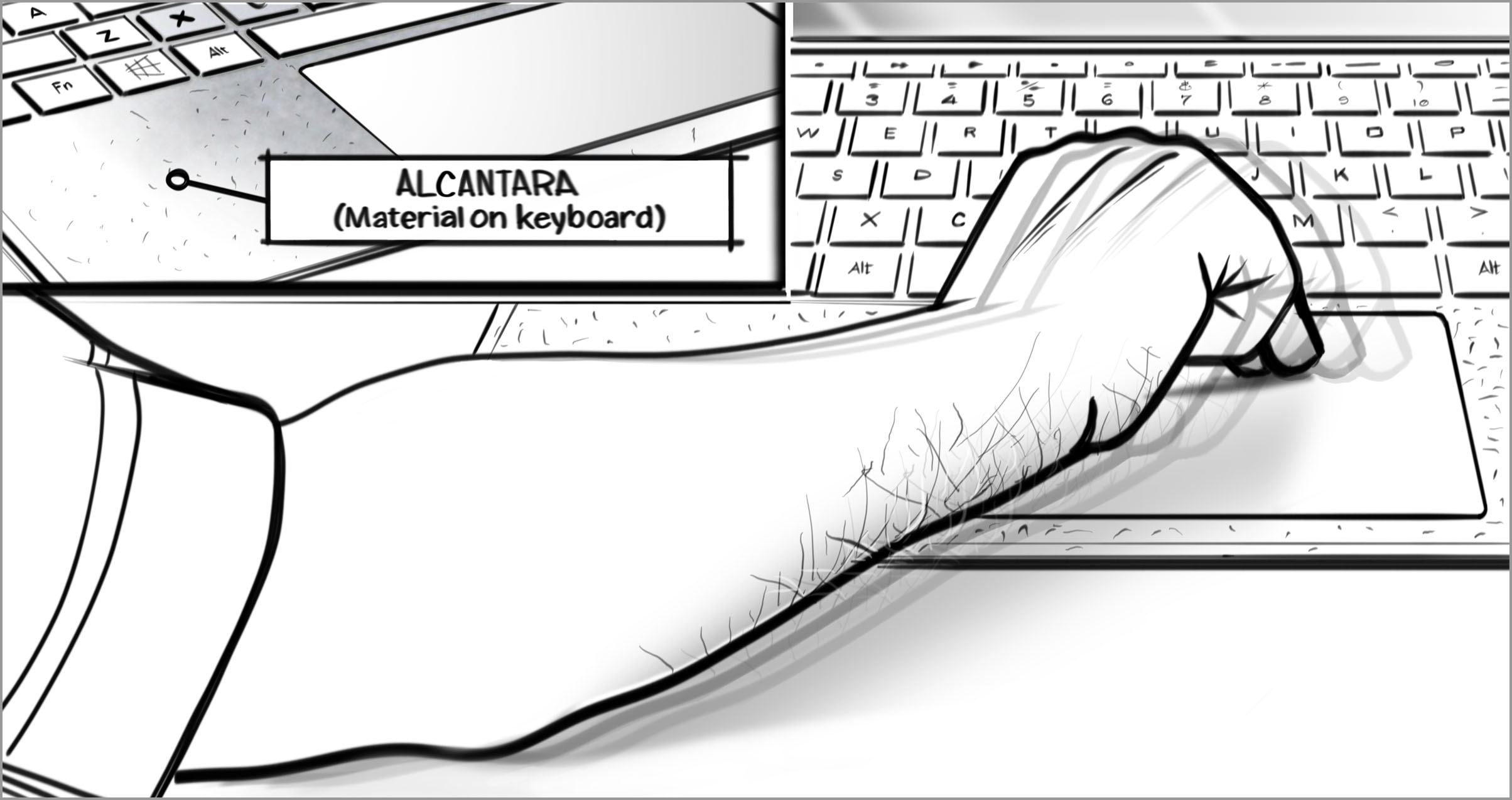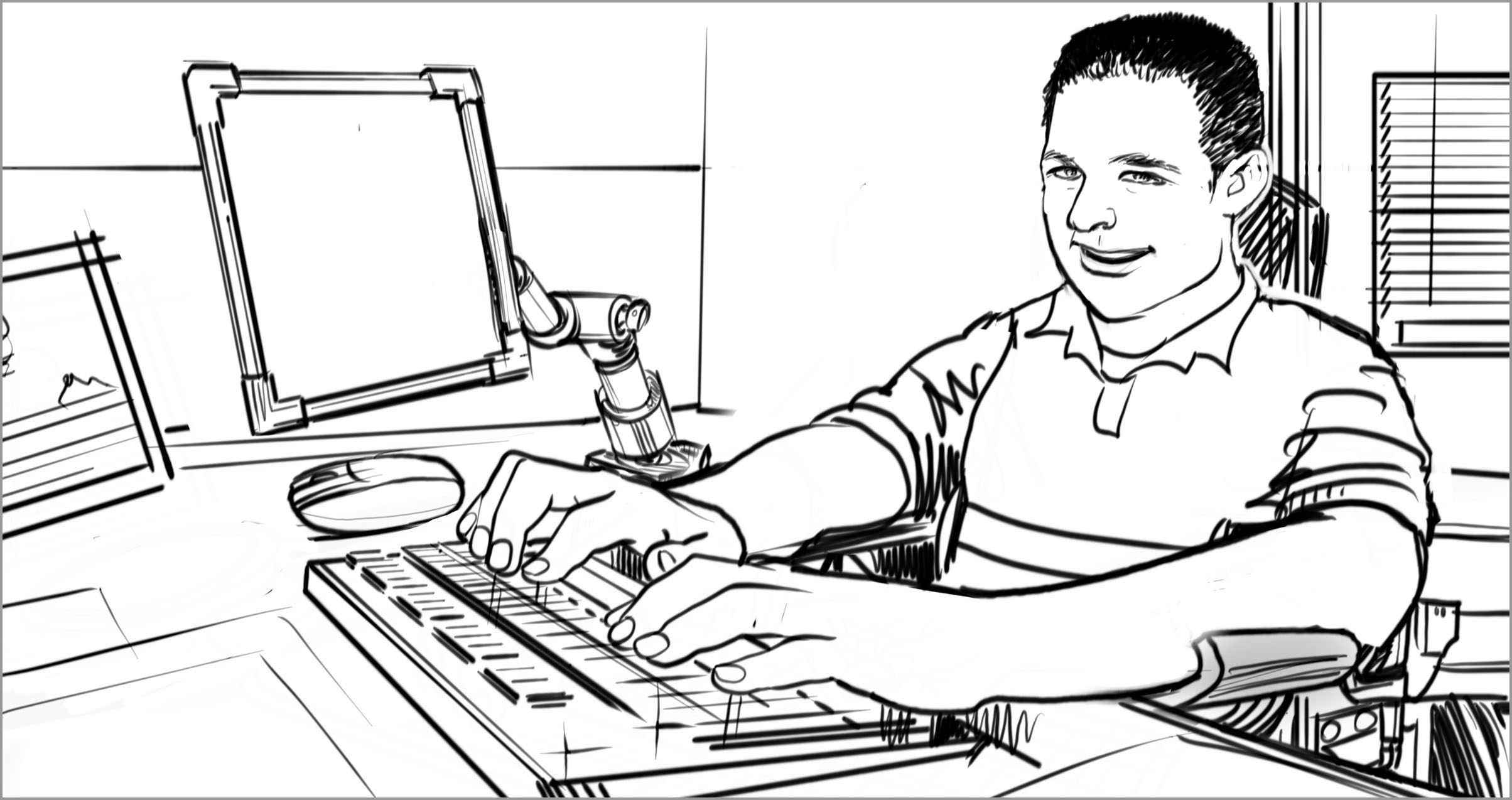Skin integrity
The skin’s ability to perform protective functions and detect sensory stimuli.
We gain tactile information through our skin. When skin is damaged by things like scarring, wounds, or numbness, a person may have difficulty feeling what they're touching. People who repetitively expose their hands to friction, such as guitar players and weight lifters, often have calluses on their palms and fingers, making their skin less susceptible to damage. If someone doesn’t use their hands often due to mobility limitations or an age-related decrease in skin integrity, their skin is more delicate and vulnerable to damage. Devices that have rough textures or abrasive components in locations that they’ll repetitively brush against can cause irritation and damage to skin.
Barriers
- Materials on devices that can be abrasive or cause irritation with repetitive contact (such as Alcantara)
- Hardware components that have rough edges or parts sticking out in places that users frequently brush against
- Products that emit heat
Facilitators
- Various device material options (such as Alcantara vs. aluminum)
- Support for hands-free interaction with products (such as voice, dictation)
- Support for alternative hardware that doesn’t cause skin irritation (such as third-party mice and keyboards, assistive technology switches)
Examples

BARRIER—Materials and hardware components on devices may not be an issue for some, but for others, they can be abrasive or cause irritation to the skin.

FACILITATOR—Devices are more comfortable if they’re created with different material options or if they support third party hardware, like an external keyboard or mouse.
The purpose of this reference is to provide concepts people can use to document and discuss aspects of function. Design should happen with people with disabilities, this reference is meant to support that activity, not replace it.